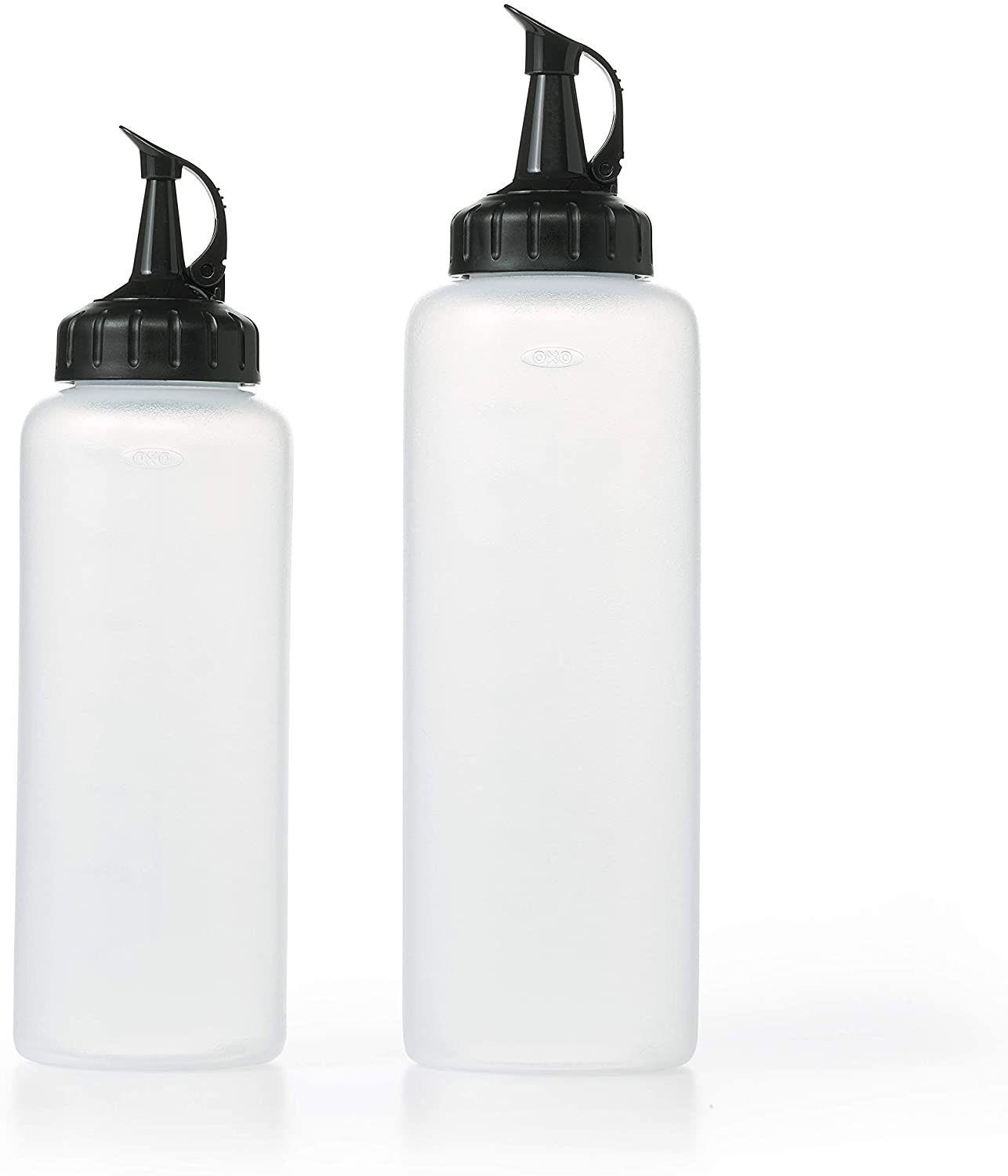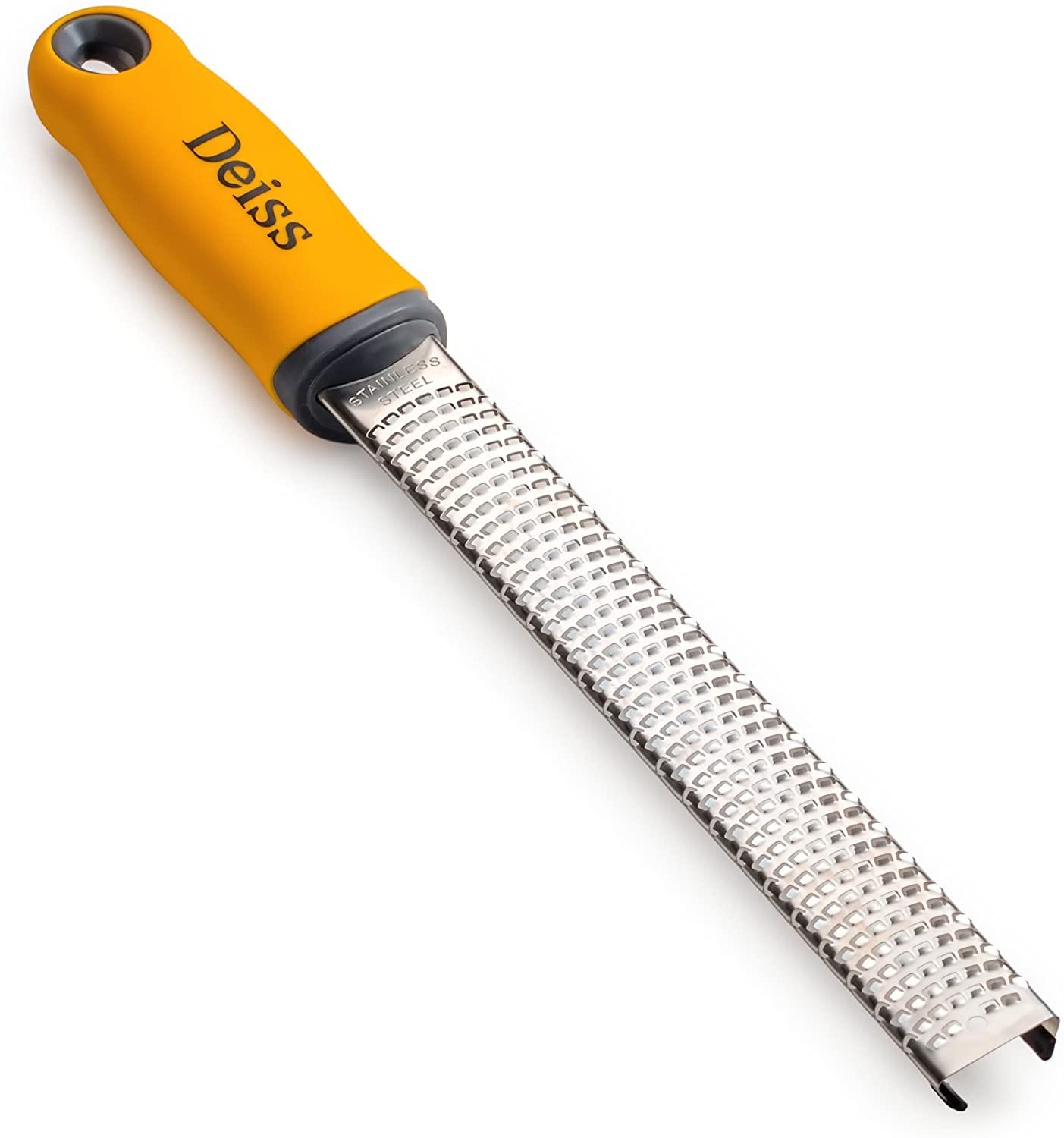Today I get to plate up a dish. It’s the first time and there’s a tremble to my hand as I balance the wafer-thin bread tuile and take it up to the head chef.
Time stops still
Head chef Federico looks at my dish, and time stops for about a year, then he nods. Time moves again. Waiters pick up the tray and take it out to the customers. I feel a buzz; my first dish is going out to real customers.
I am on day 8 of a 100-Day Chef Stage at El Monastrell, a Michelin one-star restaurant in the beautiful port of Alicante in Spain. Last week, I learnt how to make Kinder Eggs and how to cook a paella over an open fire-pit.
Now in my second week and I’ve been entrusted with plating one of the starters and making it look beautiful.
We eat first with our eyes
Why does it matter what food looks like?
Well there is actually truth in the saying “we eat first with our eyes,” with neuro imaging showing an increased blood flow and excitement when we see a plate of appealing food.
Not only this.
Studies show people will not only pay more for food that looks pretty (probs where the restaurant is coming from) but it actually tastes better, too.
That’s reason enough, for me.
Soon, more orders fly in.
When orders come in, they do so in rapid succession, and are called out by the head chef.
“Dos cortos! … Cuatro largos… Dos largos… Seis cortos….”
Which refers to the number of people and the type of tasting menu they have ordered either short six course (corto) or long nine course (largo) menu.
All the chefs then call back to let the head chef know you've heard the order, and you’re on it.
So, I shout back a loud “oido!” (I’ve heard) and begin to plate up.
First, a spoonful of wood-fired squash is smeared onto tear drop metallic plates. Then foie gras is cut to two identical triangles, and coated in powdered Lapsang souchong tea.
And then I wait. The dish holds, until I get a second command, “marcha los foie!” which instructs me to finish the dish.
It’s then my job to balance (and pray to those who decide these matters that it stays upright) a wafer thin tuile in-between the triangles of foie and squash and sprinkle on the sea salt.
Sounds easy, right? Well it’s not. How can it be so complicated to make something look so simple?
Back at culinary school, we had to plate up daily.
We were taught some universal food styling guidelines like only to use odd numbers and getting height on the plate.
One time, I’d spent ages lining up vegetables, in some sort of weird abstract Modrian modern art attempt.
The teacher came up and turned the plate around a few times, maybe trying to get where I was going with it, or wondering how on earth she was going to phrase her next sentence.
In the end, instead of speaking, she showed me.
She (kindly) pulled everything apart, and began to place vegetables on top of each other, turning some over, standing others upright, and in seconds gave it a new and much more appealing look. She then did it again, destroying her own work and rebuilding it again to present me with a third option.
It was a fantastic lesson for me; that you could alter the look and feel of a dish, so completely with just a few changes.
If you’re interested in making your food look better, the my advice would be to do the same - practice until you find your style.
First learn the rules, then break them.
Keep in mind, the first priority is the food itself - taste first, looks second.
Food should make you want to eat it, not marvel at it.
But from now on plate up all your meals, even if you are just cooking for yourself. If you are cooking for a family, plate each one up differently, get creative.
There’s no wrong way, and in the end you will find your style. Whether that’s textbook traditional, free-form rustic or fancy-pants Michelin.
Finding your own way/form/manner - in writing they call it ‘your voice’, in sports they call it style - comes from within and is personal.
In judo, you learn the basic steps to a throw, but then it’s up to you to style it up, make it your own, find your own flair.
Same goes with food.
But tonight, back in the kitchen… this isn’t about bringing my own style or about being creative.
That part has already been done; the restaurant has their own way of doing things, and the design of this dish has already been decided.
My job is simply to copy the ‘drawing’ and get it out quickly and consistently for service.
You can’t hang around with this edible painting, you have to just go for it, and splash the paint brush across the canvas, with confidence.
I get faster with each order.
And they get better, with each order too.
I work out, it’s all in the details.
Using the right amount of squash is important. So too getting that perfect smear across the base of the plate. Slicing the foie cleanly looks better, as does a very thin, even coating of lapsang tea rather than clumps.
If you are lazy with the details, then end results look amateur.
Eventually, you relax into it, and begin to paint without overthinking it, the end result looking less contrived.
It’s near the end of the evening’s service, when I present a tray of six to Federico and wait for the nod of approval, and something happens.
Federico inspects it and time once again comes to a stand still, but then he looks up and smiles at me, “muy bien, Nik” he says, “very good.”
There is a definite improvement from the first lot I did over two hours ago.
Then Federico turns, and he shouts out the next order to the kitchen. My moment is over, time to get out the 6 plates out and get drawing again.
Want to join me on this journey?
For the next 100 Days I’m staging in Spanish Michelin star restaurants. In the next episode, things go below freezing. I learn how to use liquid nitrogen.
If you want to join me for the next episode, add your email to the list. It’s free!
Want to get creative?
It takes seconds to take your food presentation up a level, and here are a few tools that I’ve found can help make the job easier. But, if you don’t have them, then don’t let that stop you. Just grab a spoon or a fork and get going!
Tools of the trade
Plating Tool Kit
You can get in a pack of plating tools (spoons, off set spatulas, tweezers) like this one by Mercer Culinary, or build it up piece by piece.
Professional Chef Plating Kit by Mercer Culinary.
Tweezers
Tweezers are a big help to place delicate items like herbs and flowers, or slippery hot ingredients like grilled vegetables.
Dalstrong Professional Tweezers
Chef/Cooking Rings
Kitchen Cooking Rings like these ones from Kitchen Craft - come in handy if you want to build a stack like this langoustine tartare or use to build up a dessert.
Squeeze Bottles
Squeeze bottles from OXO are good for creating arty designs, like squeezing blobs of sauces.
Micro plane for zesting
A micro plane is a must. Good for zesting lemon or limes to add to the finish of dishes, or for ginger and garlic while making dishes. Lots on the market to chose from, including this Deiss Pro Citrus Zester.
So, that’s it from me this week - see you next Friday with more kitchen fun and frolics.
Please do share this post to other foodie friends or friends that like food.











Muy interesante, el estilo es lo que hace a cada persona diferente, en deporte , en la cocina y en la vida. 👏👏👏